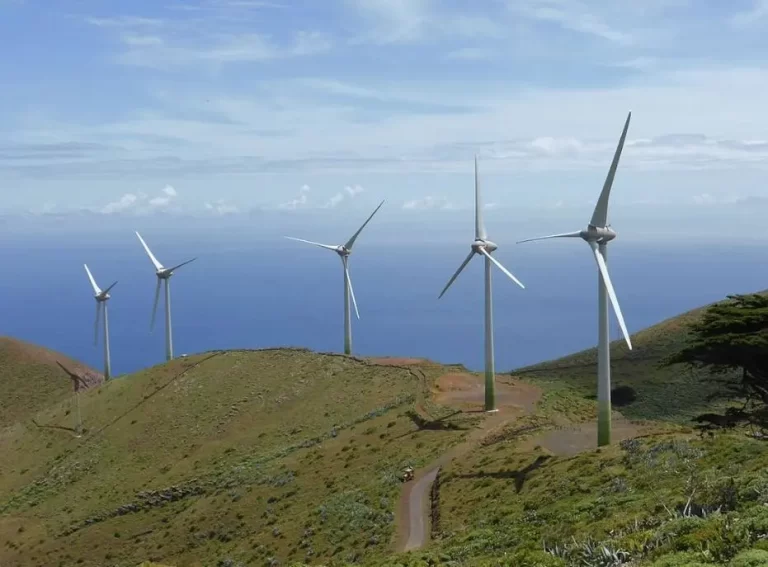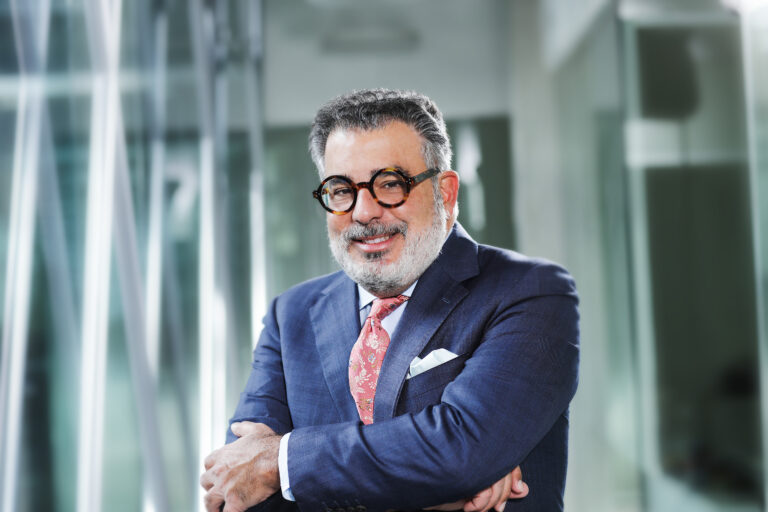With the Dominican Republic as their flagship, Central American countries are optimistic about the recovery of tourism to even out their economies.
Of great relevance in Central America and Panama, the tourism sector was one of the hardest hit during the Covid -19 pandemic and is now struggling to recover through various mechanisms aimed at boosting the industry.
Because of what it means for the economy of the member countries of the Central American Integrated System, the recovery of their economies depends heavily on how tourism recovers.
This was indicated by ministers of tourism from Central America, Panama and the Dominican Republic, when addressing the challenges and hurdles facing the recovery of tourism during the pandemic, when attending the meetings of the Central American Tourism Council (CCT) and the Central American Tourism Promotion Agency (CATA), where the Dominican Republic took over the Pro tempore Presidency of the Central American Tourism Council (CCT) and CATA.
Guatemala
Anayansy Carolina Rodríguez Castillo, general director of the Guatemalan Tourism Institute (Inguat), indicated that the Covid-19 pandemic affected “a lot” of Guatemala’s tourism industry, considering that the income stemming from tourism accounts for about 10% of that country’s Gross Domestic Product.
She said that, before the pandemic, they received approximately 2.5 million tourists and last year they closed only with 600 thousand foreign visitors.
She indicated that they have launched various strategies to accelerate the recovery of tourism and that by next year they will reach 1.8 million visitors.
She enthusiastically revealed that, in August, they will inaugurate a direct flight with Arajet airline between Guatemala and Santo Domingo.
Costa Rica
Similarly, Williams Rodríguez Alvarado, director of the Costa Rican Tourism Institute (ICT), said that his nation has already recovered 80% of the tourist visits it registered before the Covid-19 pandemic.
He indicated that Costa Rica was progressively decreasing the entry requirements for visitors in accordance with the pandemic’s behavior.
“We learned that Covid-19 evolved in its process which allowed us to have a scientific basis for making correct decisions,” he said.
Rodriguez said they are confident that both jobs and tourism can recover by matching the 2019 figures in 2023.
Panama
For the outgoing president of the Central American Tourism Council, Iván Eskildsen, 2022 for Panama will make an important difference in terms of its reactivation.
“In Panama in 2020 and 2021 we had approximately 70% fewer tourists compared to 2019. This year, with more than 85% of the population vaccinated, the outlook is different. The numbers reveal very interesting data compared to the previous months and that is something very positive, specifically Panama expects to finish the year with a 75% recovery versus 2019”, he said.
He also said that Panama is treating tourism as a State policy for the first time in history, where a Sustainable Tourism Master Plan (PMTS) has been approved and is currently in the pipeline.
Nicaragua
In Nicaragua, the tourism sector has not yet managed to reach the figures prior to the pandemic but did see a significant flow of visitors during the New Year’s holidays, according to Nicaraguan Minister of Tourism (Intur), Anasha Campbell.
“I believe that we achieved the goal that Nicaraguans also enjoy tourism, because, prior to the pandemic, people saw tourism as something tourists from abroad do when they arrive in the country, but I believe that the pandemic also allowed us to strengthen and consolidate domestic tourism. Nicaraguans today are mobilizing throughout the entire country to enjoy the natural and cultural beauties that Nicaragua offers,” she added.
She said that Nicaragua is one of the countries in the region with the highest rate of the vaccinated population.
“In terms of recovery, we have not reached where we want to go, but we are going in the right direction with about 40%, while hotel occupancy is at 50%,” she said. Covid-19 meant an opportunity for Nicaragua to rethink tourism, “to reinvent ourselves, to think about a more sustainable responsible tourism, inclusive and accessible to all and to see the quintessential balance there must be between the international tourist who plays an important role and the local population that for them tourism is a human right in what is healthy recreation, entertainment, the enjoyment of art and culture”.
Presidency Pro Tempore
In July, Dominican Republic, number one country in the world in the recovery of tourism according to the World Tourism Organization, assumed the Pro Tempore Presidency of the Central American Tourism Council (CCT) in order to continue advancing the strengthening of the regional guidelines established by this organization and to achieve greater development of the tourism industry, which has a great impact on the economies of the member countries of the Central American Integration System (SICA).
LEARN MORE
Minister David Collado stressed the importance of working together for the development of tourism, which has become the lifeline of economies. “The time has come to make the most of the tourism potential of Central America, Panama and the Dominican Republic,” the minister said.
Collado replaces his Panamanian counterpart, Iván Eskildsen, who provided a report on his achievements during his tenure and will remain in office for six more months. He stressed that SICA member countries represent more than 60 million people, in a large economy worth US$ 364 billion, and export more than US$ 60,000 million outside the region, i.e., US$ 1,000 per inhabitant.
“We have 18 World Heritage Sites and almost 40% of our forest area. We have everything that the new tourist is looking for: Culture, sustainability, diversity and good climate,” said Minister Collado.
This is the third time that the Dominican Republic has assumed the pro tempore presidency of the CST, at a time when the country was recognized by the World Tourism Organization (UNWTO).
Source:
Listín Diario



